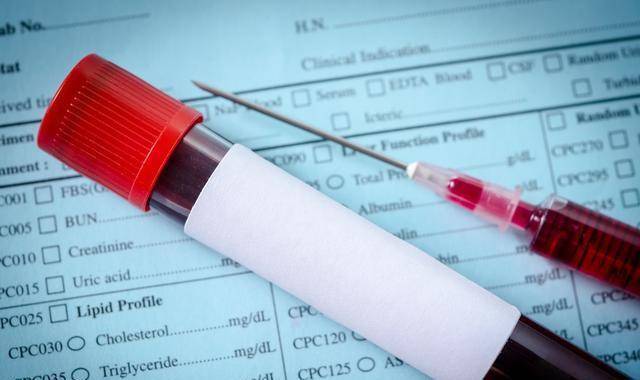Excessive triglycerides in the blood can lead to blood viscosity and affect the blood supply to important organs. Triglycerides are an important indicator for assessing blood lipids on a daily basis, with a normal reference value of 0.45 to 1.69 millimoles per liter. Elevated triglyceride levels are commonly associated with hyperlipidemia, often due to the consumption of oily foods or secondary to certain diseases.
How high should triglycerides be before medication is needed? Remember these 3 numbers: 1.7, 2.26, 5.65!
This question mainly depends on the triglycerides (TG) indicator. In our country, the normal level of TG should be between 0.45 to 1.7 mmol/L. In typical hospital lab reports, triglycerides above 1.7 mmol/L are considered elevated, but a diagnosis of hypertriglyceridemia is only made when levels exceed 2.26 mmol/L.
(1)1.70 to 2.26 mmol/L: Marginally elevated
No medication is recommended for this range. Patients can lower their triglyceride levels by controlling diet, reducing calorie intake, consuming more vegetables, increasing physical activity, losing weight, and especially avoiding alcohol.
(2)2.26 mmol/L to 5.64 mmol/L
This falls into the moderately high range, requiring medication in addition to lifestyle changes. But the treatment approach needs to consider other conditions the patient may have, such as diabetes, coronary heart disease, etc.
(3)Above 5.65 mmol/L
When triglycerides exceed 5.6 mmol/L, the risk of acute pancreatitis significantly increases. This is a serious and potentially life-threatening condition, and immediate medication is necessary to reduce levels to a safer range.
What should patients with hypertriglyceridemia eat as their staple food?
Patients with hypertriglyceridemia are advised to consume small amounts of rice and noodles alongside coarse grains, such as various cereals (corn, millet, red rice, black rice, purple rice, sorghum, barley, oats, buckwheat, etc.), mixed beans (soybeans, mung beans, red beans, black beans, broad beans, peas, etc.), and tubers (sweet potatoes, yams, potatoes, etc.).
1. Control the overall calorie intake to maintain normal weight, especially for those over 40 years old to prevent obesity.
2. Obese individuals should reduce daily calorie intake, consume a low-fat, low-cholesterol diet, avoid animal fats and high-cholesterol foods like animal organs, lard, egg yolks, crab roe, fish roe, and restrict alcohol and sugary food intake.
3. Encourage the consumption of light, vitamin C-rich, and plant protein-containing foods, such as vegetables, fruits, legumes, and their products.
4. If hypertension, heart failure, or coronary artery atherosclerosis are present, salt intake should be limited as well.
Further reading
Stick to these 2 habits, and liver disease will stay far away from you!
When urine sugar is positive in this situation, beware of pseudo diabetes, and 6 types of people who are most likely to be affected!
By doing these 5 things, even hypothyroidism patients can easily lose weight!


